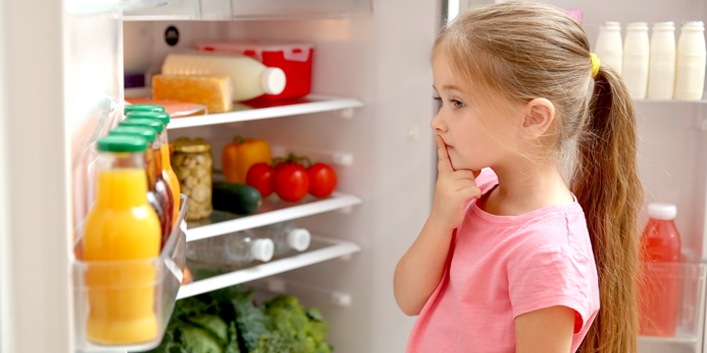These are the appliances that use the most energy
Posted On: June 22, 2021

Ever wonder how much electricity it takes to power your appliances? Or what appliances use the most energy? You probably know that your washing machine uses more electricity than the LED light bulb over your kitchen sink, but how much more? And what’s the best way to manage using your appliances so you aren’t wasting electricity and running up your bill?
These are great questions to ask when you’re looking for ways to run an energy-efficient home, especially now that summer is here. While it’s hard to answer exactly how much electricity gets used every time you do a load of laundry or watch your favorite show, knowing the common household appliances that use the most energy can help you figure out when to use appliances to save energy and keep your bill under control.
Here are the top five energy using appliances, and how to get the most out of them without driving up your energy costs.
1. Air Conditioner
Without a doubt, your HVAC uses the most electricity out of anything in your house. According to the U.S. Energy Information Administration, more than half of the electricity consumed by the average U.S. home is used on heating and cooling. That’s why it’s really important to make sure it’s running at peak efficiency in the summer months – replace your air filters as needed, dust regularly and keep vents clear. And remember, for every degree below 78°, your air conditioner uses 5% to 7% more energy to reach that temperature, so turn the thermostat up anytime you leave the house.
2. Water Heater
Your water heater is the next-biggest user of electricity in your home. The average home water heater runs for about three hours each day, contributing anywhere from 14% to 20% of your home’s energy use. There are a few things you can do to make sure it stays in tip-top shape, like performing routine maintenance on it every six months. The optimal temperature setting for energy efficiency is 120°, so make sure your water heater is always set to that temperature, and turn it down even further when you go on vacation.
3. Kitchen and Laundry Appliances
While washers and dryers consume about 5% of your home’s energy all by themselves, your refrigerator, dishwasher, oven and stove all do their part. The best way to use these efficiently is to use them wisely. Don’t overload your fridge or keep the door open for too long. Only wash full loads using cold water, and air dry your clothes when you can. Do your best to cook in the evenings when it’s cooler, so the house doesn’t get too hot and your A/C won’t have to work overtime.
4. Lighting
Lighting accounts for about 9% of a typical home's energy use, with each light bulb varying widely based on its type and how it’s used. To reduce your lighting energy usage, switch to LEDs throughout the house and only have lights on in the room you’re in. While keeping the blinds closed during the day in the summer can help reduce your cooling costs, try to let in as much natural light as you can so you don’t have to use artificial lighting.
5. Electronics
While they take up the smallest portion of common household appliance energy use, your electronics are nothing to ignore. Together, the electricity used by televisions, speaker systems, cable boxes, video game consoles, computers and all the other electronic gadgets throughout your home comprise roughly 5% of your home energy use. What’s worse? They’re the biggest culprits when it comes to “vampire power,” meaning they’re still drawing electricity when they’re turned off in a sort of standby mode. The fix for this? Simply plug them all into power strips and unplug the power strip when you aren’t using the electronics.
Now that you know which appliances use the most electricity in your home, you’re well on your way to knowing exactly how you use energy daily. But are you looking to get even more specific with it, learning how to calculate how much energy an appliance uses? Thankfully, calculating usage isn’t too difficult. All you have to do is visit the appliance energy use calculator on energy.gov. It’s a great resource for estimating how much you’re using.